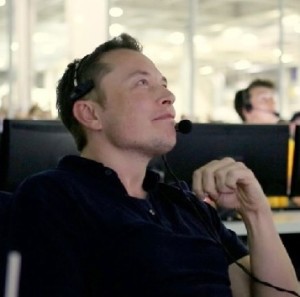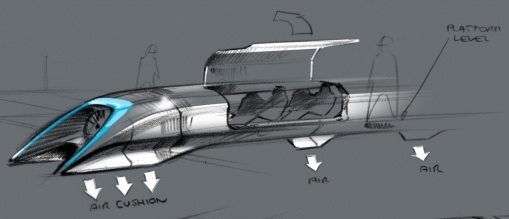SpaceX and Tesla founder and entrepreneur, Elon Musk has proposed an idea for futuristic high-speed transportation, called Hyperloop. According to Musk, Hyperloop would be an alternative system to trains, boats, aircrafts and automobiles and could be transportation’s ‘fifth mode’. Musk stated that the system could revolutionize the way people travel and he is intent on creating a working prototype. However, because of lack of studies in the economic and technological feasibility of the concept, the prototype has not been created yet.
So, the question is – could the Hyperloop be a viable option for transportation in the future or is it just pure hype?
Promises of the Hyperloop
The hypothetical transportation system would have many advantages, such as the following:
There will be no scope for car crashes.
It would be immune to weather conditions.
The average speed in the Hyperloop would be over 800 mph, twice that of a jet aircraft.
Energy savings could be huge because the power requirements would be low and could be generated by solar panels.
Cost of the Hyperloop and Subsequent Testing
A figure of $6 billion has been put on paper by Musk as the cost that would be required to build the Hyperloop in current times. The Hyperloop could work below the ground or even above it. Engineers from SpaceX and Tesla worked on the modeling and the conceptual foundation of the Hyperloop. A lot of effort was added to determine the viability of the concept.
A design of the concept was published in the SpaceX and Tesla blogs in the form of a whitepaper. Musk is inviting opinions and feedback from the technology and transportation community on his high level alpha design of the Hyperloop, which is why the design is going to be an open source. Anyone can use the design and modify it to create an optimal concept of the Hyperloop. A plan to construct the concept’s demonstration was also announced.
Operation and Theory of the Working of the Hyperloop
The Hyperloop works on the Vactrain concept, which eliminates age-old problems with transportation – air resistance and friction. Thus, the tube would maintain a complete vacuum and trains would be levitated into the air (maglev) inside that vacuum so that a speed of up to a thousand miles an hour would not just be a mere concept. Such a system has never been built before because it is difficult to maintain such a vacuum over a long distance, and the cost of maglev is also high.
Pods or capsules holding 28 people would be used inside the steel tube. The estimated inertial acceleration that Hyperloop’s passengers would experience is less than that experienced by them during landing or takeoff of a commercial flight.
However, many experts of mass transportation have questioned the design and feasibility of the Hyperloop. So far, the concept has garnered a lot of attention from supporters, fans and cynics alike, but the credibility of the idea can only be cleared when the demonstration is developed.
Why do you think? Do the potentially massive energy savings make the Hyperloop worth developing at any cost? Is the Hyperloop possible? Would you want to be one of the first to try it?
You’ll also like:
4 Savvy Sites for Finding Cheap Gas
Buyer’s Guide: Know the Difference in Electric Cars before you Sign the Paperwork
How to Guide: Choosing the right Solar Company



What do you think of projects similar to the Hyperloop such as the BiModal Glideway Dual Mode Transportation System (for more information on the BiModal Glideway visit bimodalglideway.com)? What do you think are the biggest issues facing our U.S. transportation programs and which of these two projects do you think would best addresses those issues Hyperloop or BiModal Glideway?
Thanks for the comment… The BiModal Glideway is very interesting. We believe it will face the same challenges as the Hyperloop. First, how the heck do we get the American driver to give up the autonomy of their cars? Second, with the political will and public support, anything can be accomplished. However, it’s going to take a lot of resources and persuasion to convince both of them to support either of these transportation systems. It doesn’t mean that they don’t have a chance, it’s just going to be a battle.